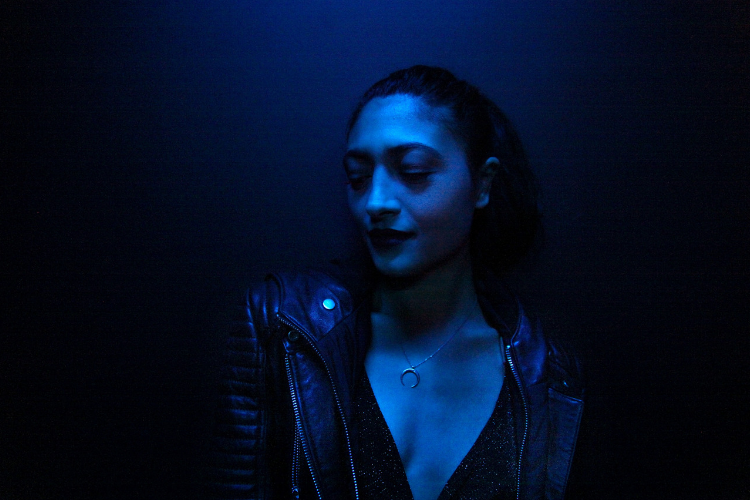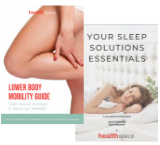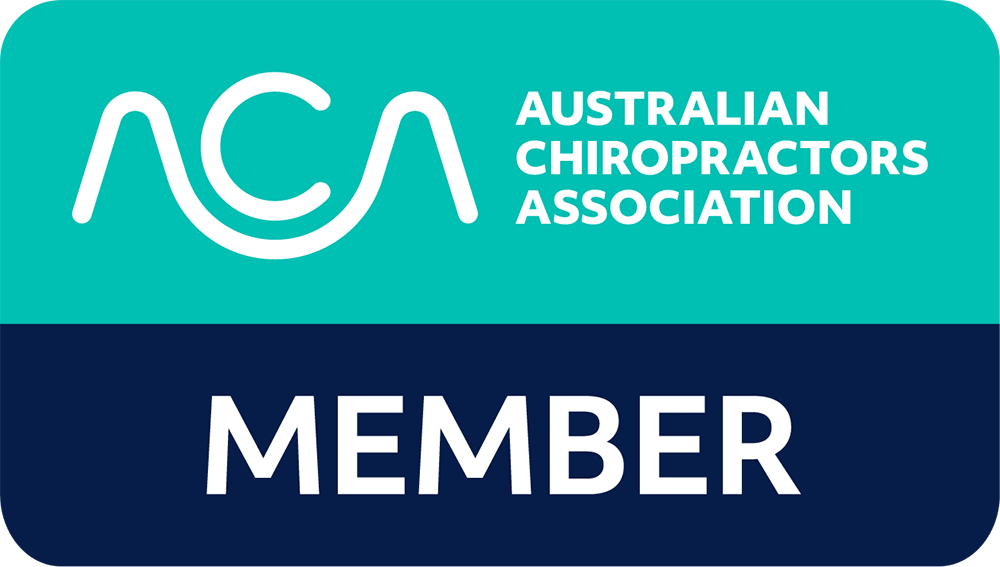
Light, when managed well, is effective in boosting performance, increasing energy and supporting healthy sleep patterns. However just as much as our body needs light to activate our ‘get-up-and-go’ cellular functions, we need to balance this out with darkness to stimulate our rest, digest and healing processes at night. The regulation of our sleeping patterns in this way is known as our circadian rhythm.
The circadian rhythm is managed by 2 hormones – cortisol and melatonin. Melatonin is a powerful antioxidant that prompts sleepiness. It is highest in between the hours of 10pm and 2am, and ideally during this time, we should be asleep to optimise the benefits that melatonin provides. Light – particularly blue light – disrupts melatonin, by encouraging the release of the other hormone, cortisol.
Cortisol gets a bad rap as our ‘stress’ hormone. However, we do need cortisol in the body, as it helps gives us our ‘get up and go’ energy that I spoke about earlier. Cortisol is stimulated by light and is usually released around 6am in the morning, prompting our body to stir, increase a natural rise in our blood pressure and heart rate, and get us ready for the day.
When our melatonin and cortisol levels are balanced, and our circadian rhythm is regular, we experience restful sleep and realise the full benefits of quality rest. With restful sleep, our bodies can heal and normal bodily functions occur (such as digestion). However light exposure is everywhere, and due to our increasing use of technology and our exposure to blue light, our sleep levels suffer, resulting in problems with our immune, metabolic and cardiovascular systems, as well as affecting mood, brain function and sleep.
Although there are 3 light frequencies (red, green and blue), blue light is most aggressively linked to sleeplessness as it mimics sunlight. Studies have linked blue light exposure to significantly reduced melatonin levels in the brain, for more than twice as long as other light sources. It also reduces sleep quality and increases the frequency of wakefulness during the night. Reduced quality of sleep has been associated with a number of chronic health issues including obesity, diabetes, stress, anxiety and Alzheimer’s disease.
Studies have also shown that excessive blue light exposure can alter hormone activity. The risk of prostate cancer (a hormone related condition) is almost tripled in men who have high levels of light in their rooms during sleep, in comparison to men who sleep in complete darkness.
However, there are ways that you can limit the negative effects of blue light and help you regain restful, healing and restorative sleep:
- Avoid using technology at night. Give yourself a technology curfew. Use this time to switch off, slow the body down and prepare it for a good night sleep. I like to have an Epsom salt bath with candles, read a book with a cup of herbal tea, meditate or do an evening yin yoga session.
- Use blue light filtering software on your phones and other technology. Many smartphones and tablets include these blue-light filtering apps. For example, Apple’s night shift mode can be scheduled to shift to warmer, redder light in the evenings and back to bright, more highly blue-wavelength light in the morning. Software such as F.lux can be used on tablets, laptops and desktop devices.
- Use blue-light blocking filters and glasses. This is particularly useful for those that need to use their laptop at night. Sometimes work needs to be done at night so do it right. Our favourite brand is Baxter Blue, which you can find in selected clinics.
- Try to stick to a regular sleep schedule, at least from Monday to Friday. Our body likes routine and this will help establish a good sleep rhythm.
- Remove technology or any light omitting objects from the bedroom. This will create a better sleeping environment.
- Exercise. Moderate to vigorous exercise at least 3 times a week can help you fall asleep easier and improve sleep quality. However avoid exercising too late as this can be too stimulating.
In sleep research, much more information is coming to light about the effects of light frequencies and sleep health. It can be difficult to marry the recommendations that come out of the studies and the work and family related obligations that we often face in real life. However, that doesn’t mean that we should give up on the idea of good sleep. With just a few tweaks to your sleep routine, you’ll be able to improve your sleep quality and hopefully reap the benefits in your waking periods.
Stephanie Malouf is a nutritionist at Health Space Kings Cross, who entered the world of health and food after suffering a number of health conditions in the corporate world. Now an accredited nutritionist, Steph has a mission to use her knowledge to help people reconnect with their bodies, recognise their signals and support busy, nutritionally depleted individuals restore and rebalance their health through practical nutrition.

